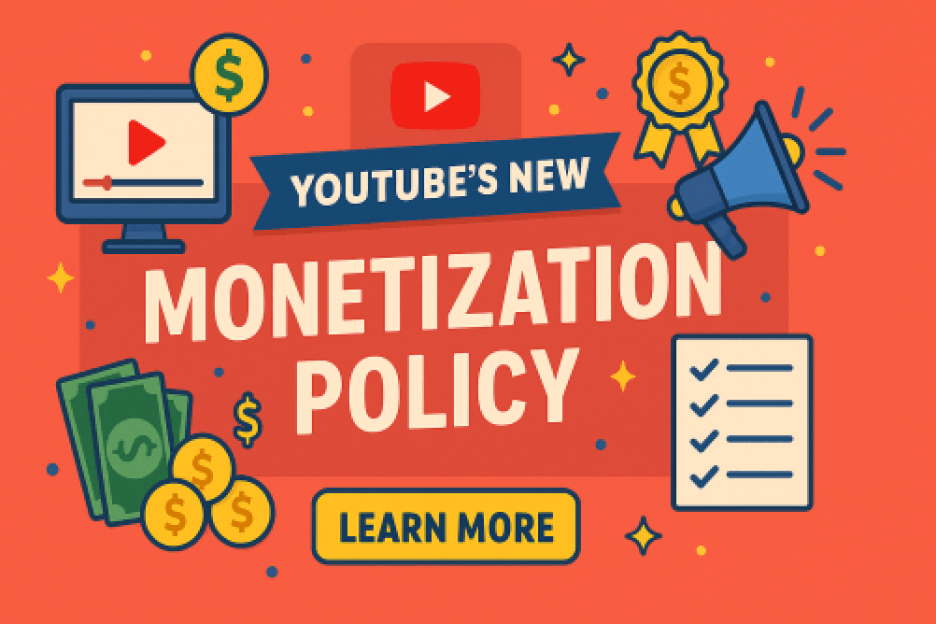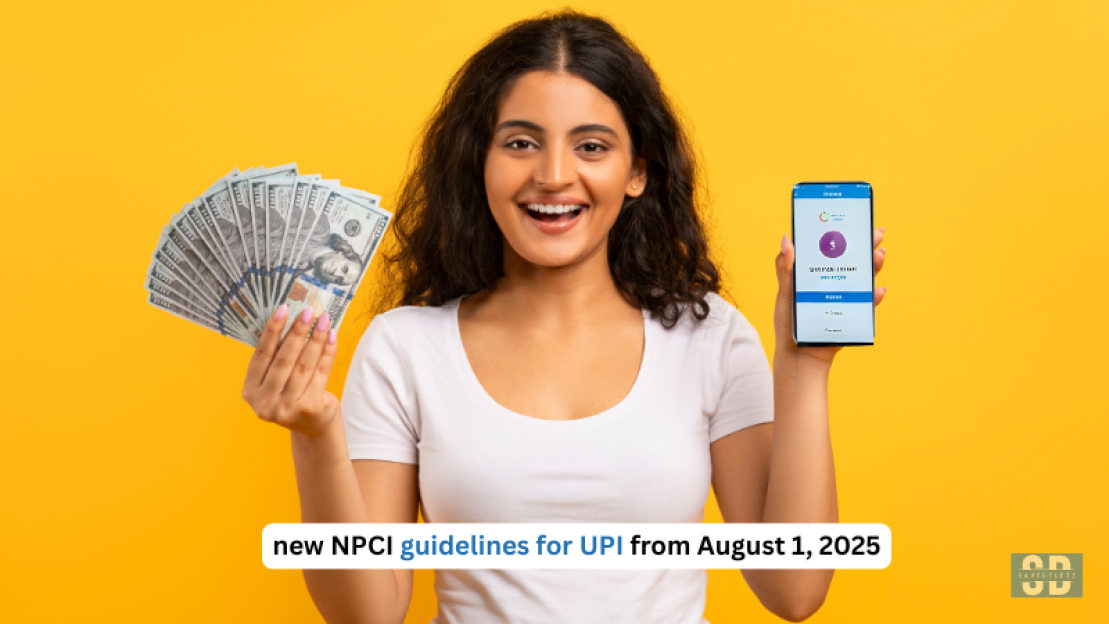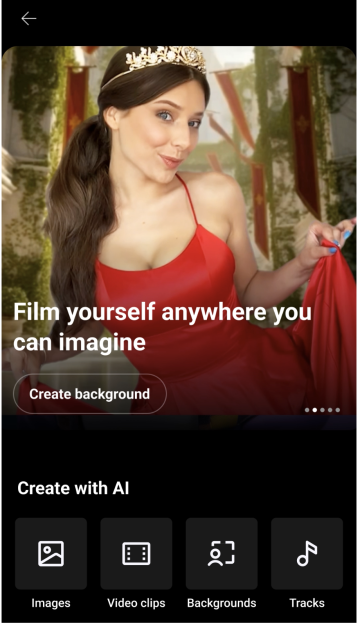The rapidly evolving digital content landscape has compelled platforms like YouTube to reassess their monetization policies, particularly concerning AI-generated content. Starting July 15, 2025, YouTube will enforce stricter guidelines targeting “mass-produced and repetitious”; content, with a primary focus on AI-generated videos showing minimal human input.
This policy shift aims to curtail content that lacks originality and authentic value, thereby ensuring that creators offer quality experiences to their viewers while participating in the YouTube Partner Program (YPP).
Understanding the Policy Changes
AI-Generated Content Enforcement Measures
The new policy doesn’t ban AI content but targets content that lacks originality and value. YouTube emphasizes a balance between AI innovation and authentic content creation. Channels that post AI-generated videos without substantial human input or fail to offer unique insights risk facing complete demonetization. The platform will implement both reactive and proactive measures to enforce these standards, with a particular focus on ensuring proper disclosure of AI-generated elements.
- Proactive Monitoring - YouTube will continue to enhance its content evaluation mechanisms to proactively identify low-effort AI-generated content.
- Creator Responsibility - Creators are required to disclose AI-generated components clearly in the YouTube Studio. Non-compliance could lead to content removal or suspension.
The requirement for transparency aligns with YouTube’s broader policy for AI and altered content disclosure, particularly for sensitive topics like elections and health information. This step is crucial to preserving content integrity and viewer trust.
Changes to the YouTube Partner Program Eligibility
Although the fundamental eligibility requirements for joining the YPP-such as gaining 1,000 subscribers and 4,000 valid public watch hours or 10 million valid Shorts views-remain unchanged, meeting these criteria no longer guarantees monetization. The update enforces stricter authenticity thresholds, meaning creators must now consistently produce content that aligns with YouTube’s definition of “original and authentic.”;
- Entry Tier - For up-and-coming creators, YouTube offers an earlier access tier with lower qualification thresholds that still require adherence to authenticity standards.
- Monetization Impact - Even with the correct number of subscribers and watch hours, content that doesn’t pass authenticity checks will not be monetized.
These developments provide opportunities and challenges for creators aiming to engage their audiences meaningfully while meeting the platform’s guidelines.
Implementing the July 15 Policy
The July 15, 2025 update marks a significant moment in YouTube’s monetization landscape, with a concentrated effort to highlight and prioritize valuable content creation. This shift will primarily impact creators relying heavily on AI-generated, reaction, or repetitive formats with minimal editorial intervention.
- Content Strategy Adjustments - Creators should revisit their content strategies to prioritize original scripts, substantial commentary, and innovative angles that enhance viewer engagement and value.
- Faceless Channels - The update will particularly affect faceless content channels and AI-generated content farms. Adding a human element and interactive components can help circumvent potential monetization losses.
While YouTube hasn’t detailed exact enforcement mechanisms, the move towards a more qualitative content assessment is clear, encouraging richer storytelling and enhanced viewer experiences.
Conclusion: Adapting to the Future of YouTube
As YouTube pioneers a new era of content quality assessment, creators are encouraged to pivot towards producing content with a significant human touch and creative depth.
Embracing these changes can not only safeguard revenue streams but also enrich the content ecosystem for both creators and their audiences.
In this dynamic phase, creators must focus on transparency and authenticity to thrive amid evolving digital paradigms.







